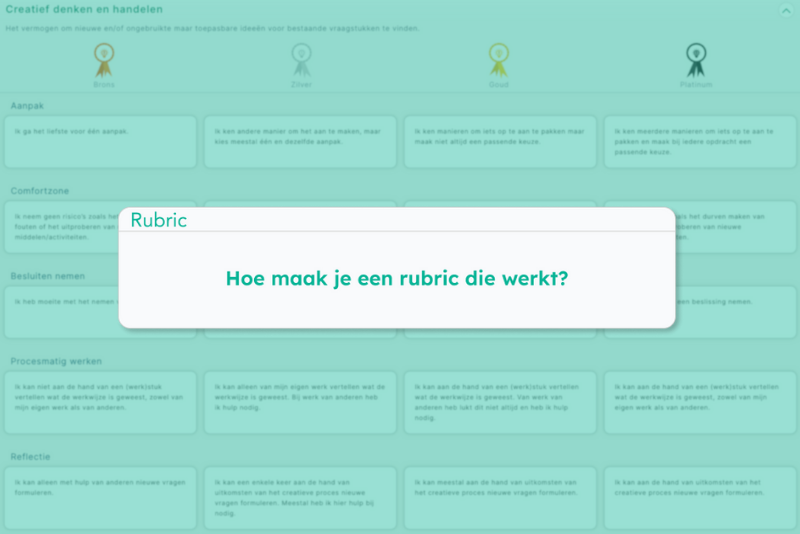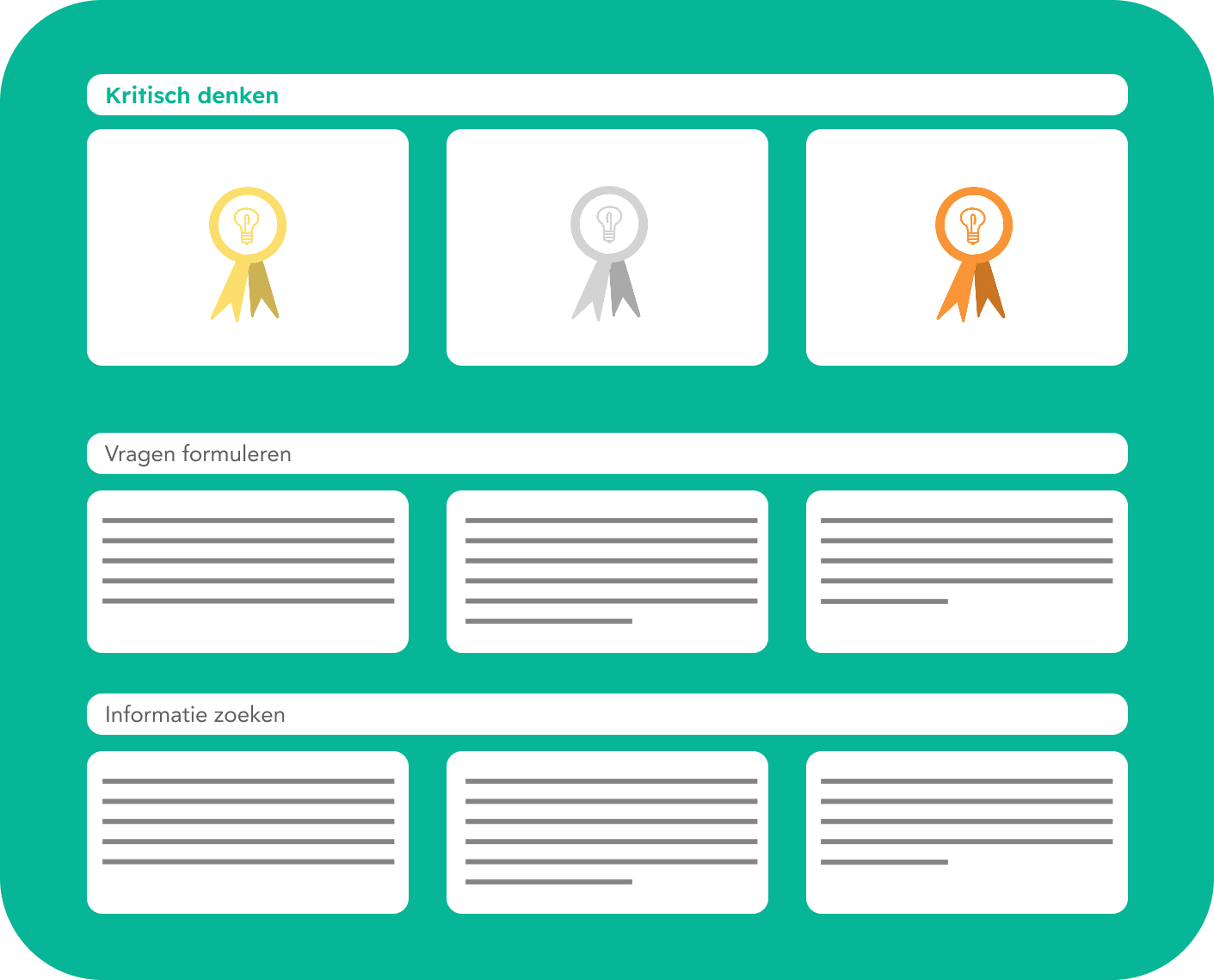How do you create a rubric that works?

How to create the best rubric? What conditions must a good rubric meet and what types are there?
One of the most effective ways to assess objectively and consistently is through the use of a rubric. This provides both teachers and students with clarity on the expectations and criteria that an assignment must meet. It helps create transparency, reduce subjectivity and promote learning goals. In this blog, we will discuss what requirements a good rubric must meet and what types exist.
1. Clear objective
A good rubric begins with a clear objective. What do you want the student to accomplish with the assignment? What specific skills or knowledge do they need to demonstrate? Be sure to formulate this objective clearly so that both you and the student know what is expected.
2. Specific criteria
To be effective, a rubric must contain specific criteria that define what constitutes good work. These could include aspects such as content, organization, argumentation, grammar or creativity, depending on the type of assignment. Make sure each criterion is clearly defined and measurable.
3. Distinct levels
A good rubric has several levels at which performance is assessed. These could include levels such as “excellent,” “good,” “sufficient,” and “insufficient,” or as in Simulise’s digital portfolio, with badges.

Each level should clearly describe what is expected based on the criteria. By having different levels, you can more accurately differentiate between student performance.
4. Detailed descriptions
Each criterion and level should be accompanied by detailed descriptions. This helps both teachers and students gain a better understanding of exactly what is expected. Make sure these descriptions are concrete and specific so there are no misunderstandings.
5. Flexibility
A good rubric is flexible enough to adapt to different types of assignments and learning objectives. While you may have a standard rubric that you use regularly, it is important to adapt it to the specific context of each assignment.
The best choice for your purpose
Now that we have discussed what a good rubric should meet, let’s look at the different types you can use:
1. Analytical rubric
An analytical rubric assesses each criterion individually and provides specific feedback for each criterion level. This type allows for more detailed feedback, but can also be more time-consuming to create and use.
2. Holistic rubric
A holistic rubric assesses the assignment as a whole and provides an overall rating based on the overall level of performance. This type is faster to use but offers less detailed feedback.
3. Behavioral rubric
A behavior rubric specifically describes the desired behaviors students must demonstrate to meet the criteria. It emphasizes not only the result, but also the process that leads to that result.
4. Rubrics for self-assessment
Rubrics can also be used as a tool for student self-assessment. This encourages them to evaluate their own work and take responsibility for their learning.

It may take some time to develop the perfect rubric that meets all your needs, so don’t be afraid to experiment and make adjustments as needed. Most importantly, make sure your rubric is clear, fair, and allows both you and your students to have clear expectations and enables successful learning experiences.
So, get to work creating the best rubrics! It will help not only in objective assessment, but also in promoting growth and development in students.
Good luck creating new rubrics!



